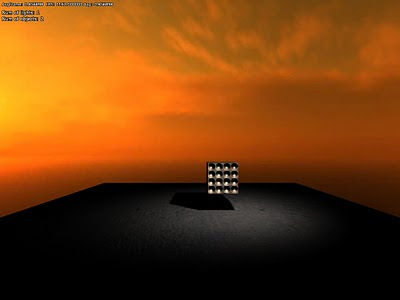The Complexity Fallacy

Brian Upton once told me the following anecdote about a game that he got pitched to him.
The game presented to him was a space sim where the player took on the role of a space pirate. A big part of the pitch was the virtual economy that the game had. It determined what sort of goods that planets needed, what the prices of various things would be and so forth. In turn this then determined the trading routes that ships would take and what sort of cargo you were most likely to find on them. This was a really complicated system and I guess they planned on devoting quite a bit of development time for it.
Sounds cool, right?
Problem was that none of this complexity was really apparent to the player. The only feedback that the player got from the whole system just boiled down to what sort of ships and cargo they would be encountering. From this meager data it was impossible for the player to get any sort of insight into underlying systems. If all of that system was replaced with a random number generator, the player wouldn't notice. So in essence, all of this complexity was a waste.
The reason something like this happens is quite easy to see when viewed through the lense of the SSM Framework. In this framework we divide the game into three separate spaces: system, story and a mental model. Something like the virtual economy would go into to the system space. But the duduk kasus is that these systems would never end up in the player's mental model. Understanding how this works is a fundamental, perhaps the single most important, part of the game design. The player doesn't play a game based on what happens in the computer, they play it based on what happens in their head. Any feature that doesn't have a mental representation might as well not exist.
utilizing gaps of the imagination, which is really all about replacing something with nothing. The best way of understanding how to do this is to not see your features as concrete content, as complex machinery, but as experiences you want to evoke in the player. This is not just limited to fuzzy things like NPC emotions, but every single aspect of the game.
As I explained in the previous post, gaps have a lot of advantages over an explicit systemic implementation. Not only are they cheaper, but they are also more malleable and easier for the player to fit into their idiosyncratic view of the game and its virtual world. It is not always the solution, and sometimes the goal cannot be reached without having an actual system managing everything. The only way to make this decision is to look at games in the right way and understand that what matters is not the underlying machinery, but the mental states it gives rise to.
In games, if a tree falls and nobody hears it, it is a feature you should cut.




